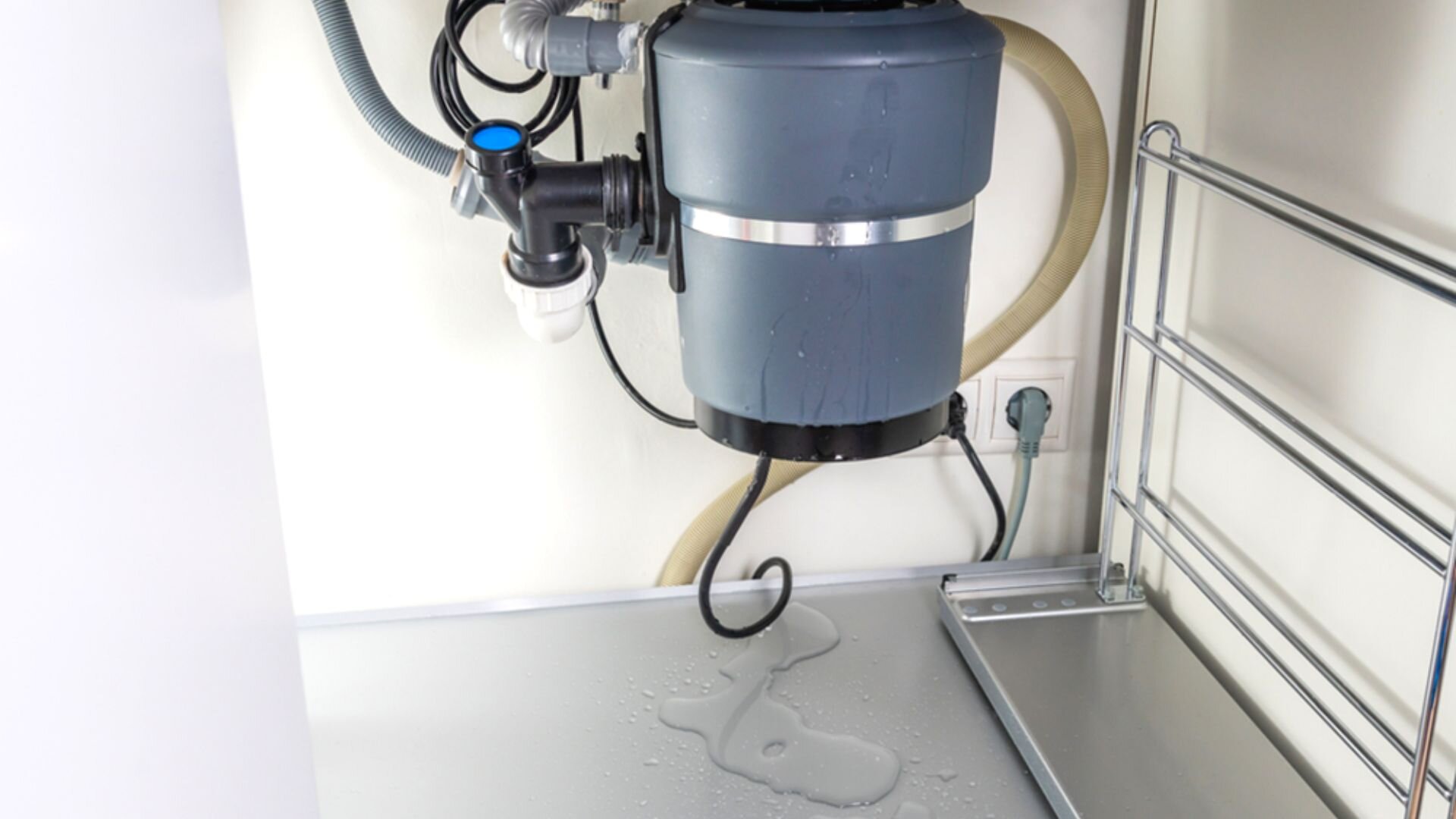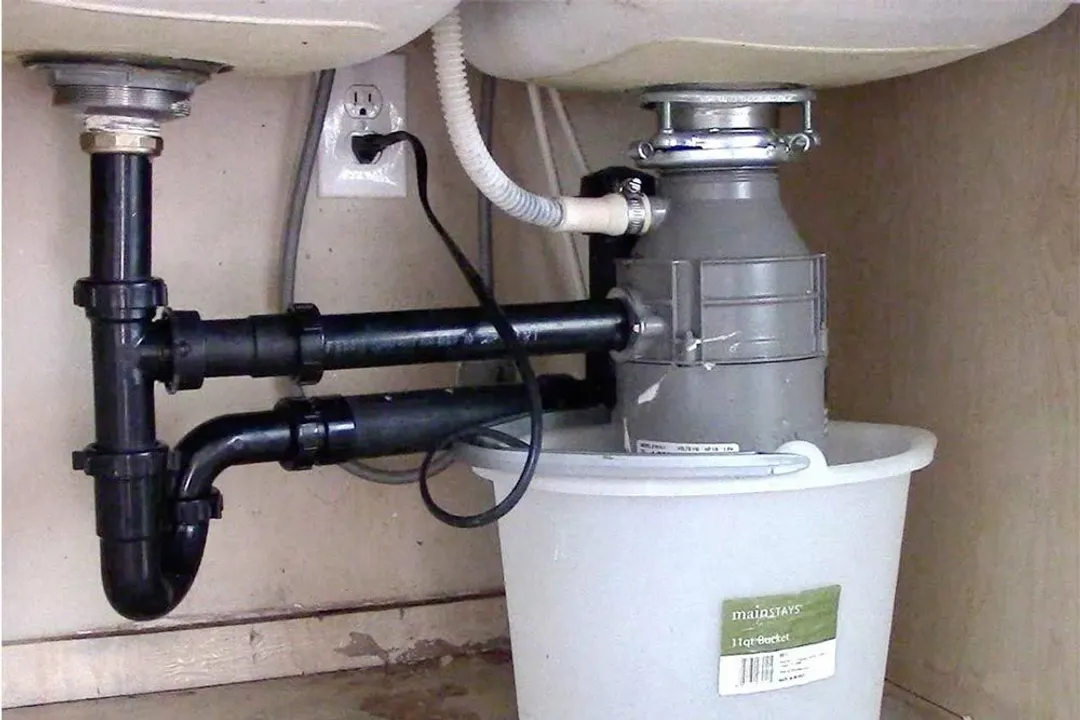Speedy Solutions for Fixing a Dripping Waste Disposal Unit
Speedy Solutions for Fixing a Dripping Waste Disposal Unit
Blog Article
This great article down below relating to Tips on Fixing a Leaking Garbage Disposal is without a doubt fascinating. Give it a try and make your own ideas.

Garbage disposals are essential cooking area appliances that help in throwing away food waste efficiently. However, a leaking garbage disposal can be an aggravating and unpleasant trouble to manage. Thankfully, numerous leaks can be fixed easily with a couple of straightforward actions. In this write-up, we will talk about how to deal with a dripping garbage disposal properly.
Introduction
Waste disposal unit are installed under cooking area sinks and are created to shred food waste right into smaller sized pieces, allowing it to travel through the pipes system quickly. While these devices are generally reliable, leaks can happen in time due to deterioration, loosened links, or damages to the device.
Step-by-Step Overview to Fixing a Dripping Waste Disposal Unit
Switch off the Power
Before attempting any type of repair work, make certain that the power to the waste disposal unit device is shut off to avoid the risk of electric shock.
Locate the Leakage
Identify the exact place of the leakage and establish the reason
Tighten up Connections
Make use of a wrench to tighten up any type of loosened connections in between the disposal system and the plumbing system.
Change Seals or Gaskets
If the leakage is because of used seals or gaskets, remove the old elements and replace them with new ones.
Patching Fractures or Holes
For fractures or holes in the disposal system, usage epoxy or an appropriate patching product to seal the broken location.
Recognizing the Resource of the Leakage
Prior to attempting to take care of a dripping garbage disposal, it is vital to recognize the resource of the leakage. This can usually be done with aesthetic assessment or by carrying out basic tests.
Visual Inspection
Check the waste disposal unit device meticulously for any type of indications of water leakage. Pay close attention to locations around seals, gaskets, and link points.
Evaluating for Leakages
One way to examine for leakages is by running water via the disposal unit and checking for any kind of noticeable signs of leakage.
Typical Sources Of Leaks in Trash Disposals
Worn Seals and Gaskets
Seals and gaskets play an essential function in protecting against water from dripping out of the waste disposal unit. Over time, these parts can deteriorate, bring about leakages around the disposal unit.
Loose Links
The connections in between the waste disposal unit and the plumbing system can come to be loose over time, creating water to leak out throughout operation.
Cracks or Openings in the Disposal System
Physical damages to the waste disposal unit, such as cracks or holes in the housing, can additionally result in leakages.
Tools and Materials Needed for Taking Care Of a Leaking Waste Disposal Unit
Before starting the repair process, gather the essential devices and materials, including a screwdriver, flexible wrench, plumbing technician's putty, substitute seals or gaskets, and epoxy or patching material for repairing cracks or openings.
Evaluating the Waste Disposal Unit After Repair
As soon as the repair is complete, examine the waste disposal unit by read more running water via it to ensure that the leak has been settled.
Preventive Upkeep Tips to Avoid Future Leaks
To avoid future leaks, it is essential to execute normal maintenance on your waste disposal unit. This consists of maintaining it tidy, preventing placing non-food items or difficult things down the disposal, and occasionally looking for leakages or other issues.
Final thought
Finally, dealing with a dripping waste disposal unit is a relatively simple process that can be completed with fundamental tools and products. By following the actions outlined in this post and exercising preventative upkeep, you can keep your garbage disposal in good working condition and prevent expensive fixings in the future.
HERE’S HOW TO FIX YOUR GARBAGE DISPOSAL
WHAT TO DO IF SOMETHING IS STUCK IN YOUR GARBAGE DISPOSAL
If the impeller won’t turn, there’s probably something stuck in the disposal. It could be a steak bone or peach pit, although plumbers report pulling all sorts of inappropriate objects out of disposals, such as bottle caps or aluminum foil. Make sure power to the disposal is off, and look inside to see if you can see the source of the jam.
Never stick your fingers in a disposal. Pull out anything you see with tongs or pliers.
If the disposal still won’t work, it may be time to call a plumber or consider buying a new disposal. GEM Plumbing & Heating is here for all of your garbage disposal needs.
WHAT TO DO IF YOUR GARBAGE DISPOSAL DRAIN IS CLOGGED
Take everything out from underneath your sink and put a bucket or other container under your disposal to catch any water that drains out. Disconnect your disposal from the power supply. If it’s plugged into a wall outlet, unplug it. If it’s hardwired into an electrical box, go to the electrical panel and turn off the breaker for the disposal. Pour ¼ cup of baking soda into the drain, followed by ½ cup of white vinegar. Give the solution a few minutes to fizz and do its work. Look into the disposal with a flashlight to see if you can see an object that might be causing the clog. If you see it, remove it using tongs or pliers. MORE TIPS ON DEALING WITH A CLOGGED GARBAGE DISPOSAL
Never use drain cleaner in a garbage disposal. It can damage the plastic parts inside the disposal. You can also be splashed with the caustic liquid while working to clear the clog. Beware! Never stick your fingers into a garbage disposal. Trust us — not a good idea. In many instances, your dishwasher drains through your garbage disposal. This allows the disposal to grind any large food particles that may be drained out of your dishwasher. There are some jurisdictions, however, where the plumbing code prohibits such a connection. WHAT TO DO WHEN YOUR DISHWASHER DRAINS THROUGH THE DISPOSAL
Run some water in the sink so your plunger has at least a ½-inch of water to create a seal and plunge vigorously up and down several times. You may need to repeat this several times. Run hot water down the drain to clear any residue that remains.

As a reader about Garbage Disposal Leaking From Bottom, I think sharing that short article was worth the trouble. Appreciated our blog entry? Please share it. Let someone else locate it. Thanks for your time. Don't hesitate to pay a visit to our site back soon.
Go Company Report this page